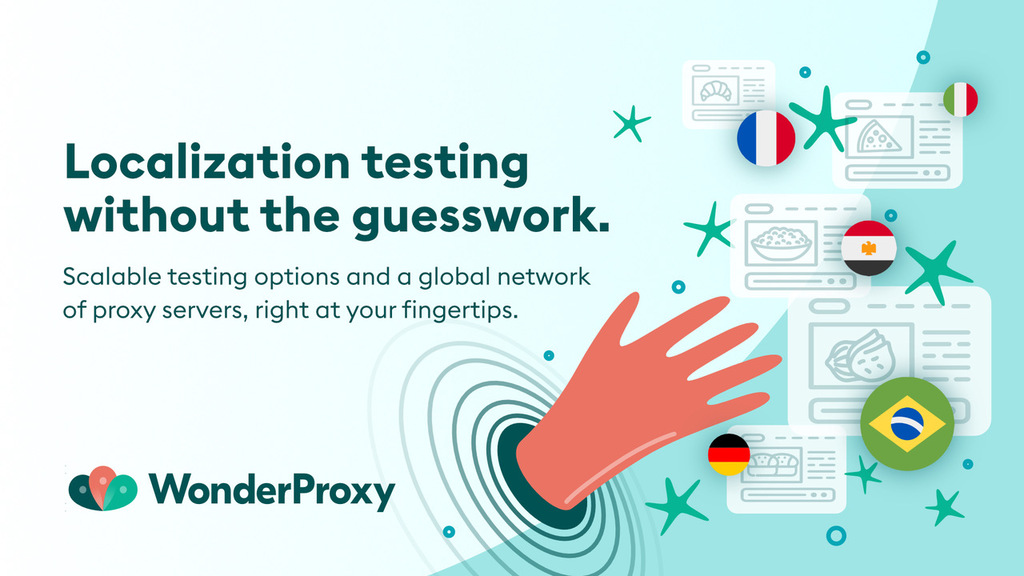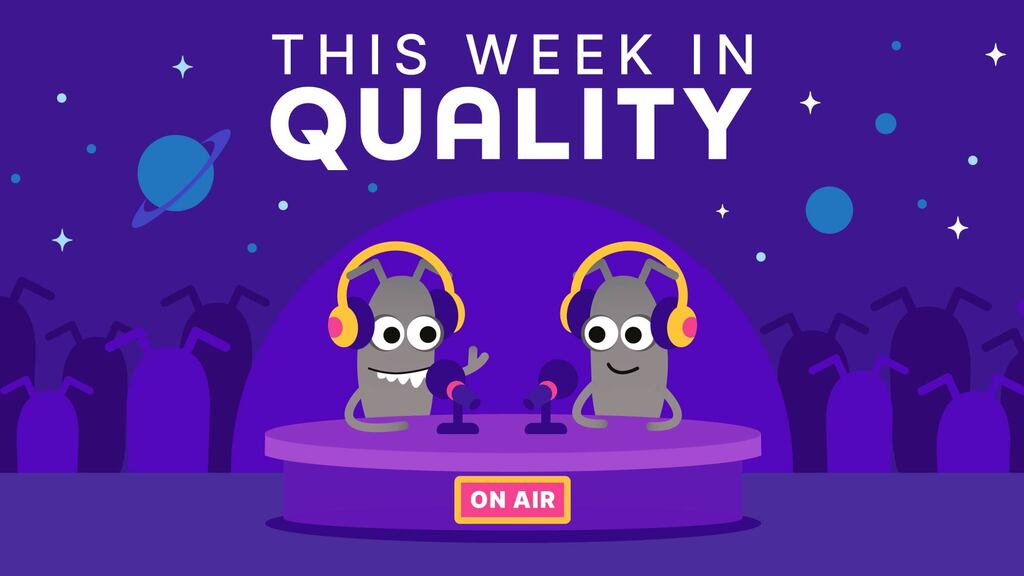What is boundary testing?
Boundary testing focuses on the edges of what your software will accept. Instead of testing random values, you systematically check what happens right at and around the limits of valid inputs. It's where you find those sneaky off-by-one errors that plague developers.
Do you have any examples of boundary testing?
Let's test an age verification system for a financial app that accepts users between 18 and 65 years old.
You'd test:
- Just below the minimum (17 years)
- At the minimum (18 years)
- Just above the minimum (19 years)
- Just below the maximum (64 years)
- At the maximum (65 years)
- Just above the maximum (66 years)
Each boundary needs validation to ensure the system accepts or rejects values correctly.
Why is boundary testing important?
Boundaries are where systems often break. A registration form might accept 50 characters for a name field, but what happens at character 51? Does your tax calculator handle amounts over $999,999.99? Boundary testing catches these issues before users discover them in production, where they could corrupt data or crash your system.
What are the challenges with boundary testing?
Finding every boundary in a complex system is tough—they're not always obvious like minimum and maximum values. Some hide in business rules or emerge from combinations of different limits.
Plus, passing boundary tests doesn't guarantee your system works correctly between the boundaries. That's why you need to combine boundary testing with other techniques to ensure thorough coverage.




